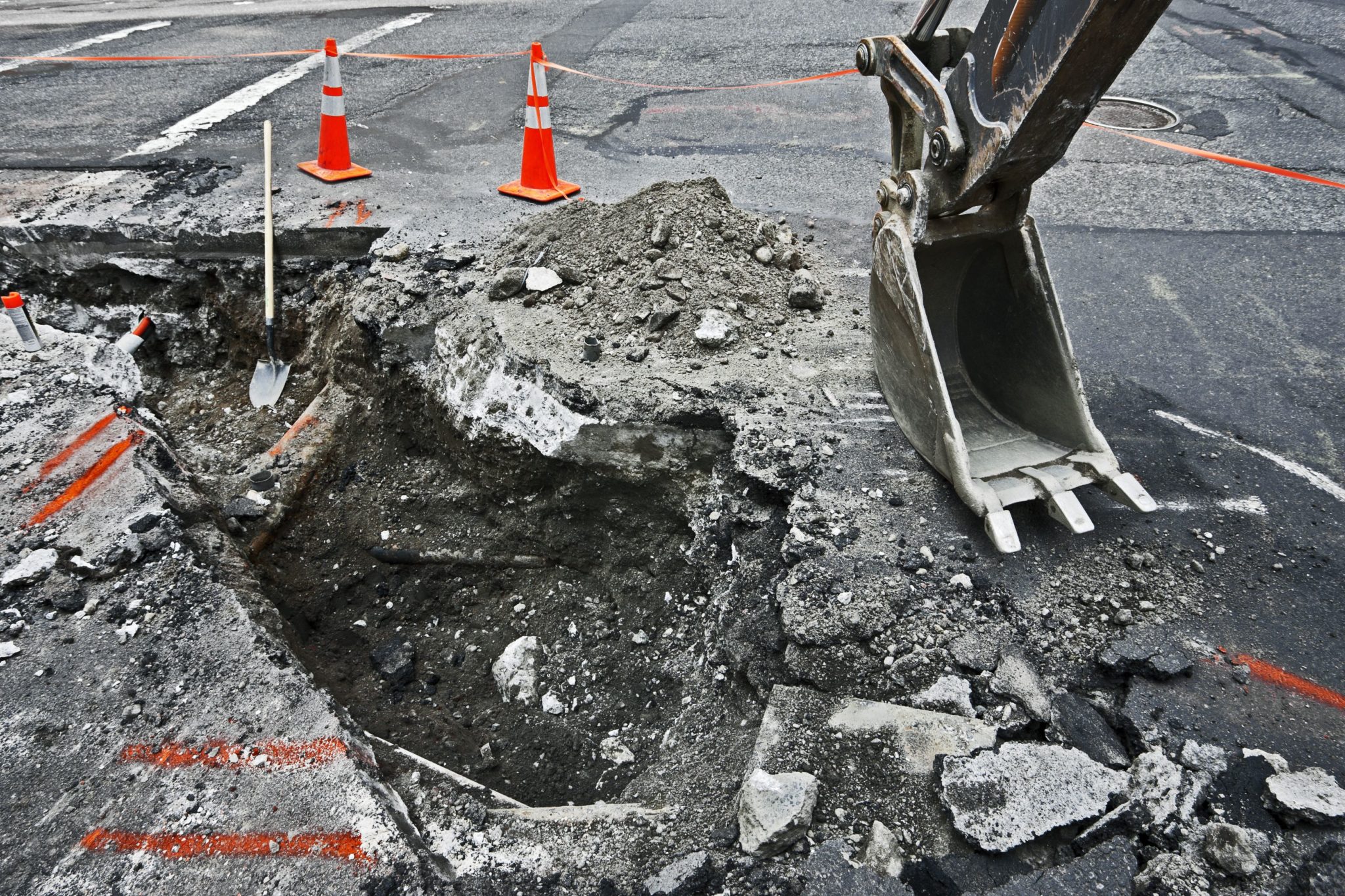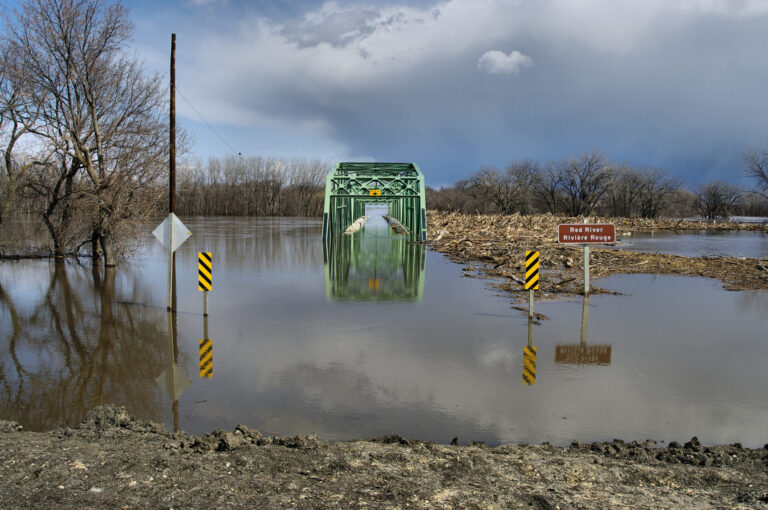On April 15th, The Globe and Mail published an article based on an interview the paper had conducted with federal Minister of Infrastructure and Communities Catherine McKenna.
The headline on the article gives away the most important note to take from the piece, at least from an infrastructure industry perspective: Ottawa seeks ‘shovel-ready’ projects for post shutdown stimulus plan. It’s a blast-from-the-past, singing from a similar songbook to the one used by Conservative government under Prime Minister Stephen Harper just over a decade ago. At that time, the government of the day also looked to communities for shovel-ready projects that could put dollars to work in the community in a short timeframe.
The industry has grown a lot in the decade or so since the last time this type of federal investment was needed. Record investments in infrastructure have been the order of the day across Canada, and at all levels of government. Megaprojects have grown substantially, and countless new projects have been built to serve their community.
However, one asset class has struggled during that same time period: aging assets. The capital available for the rehabilitation of current assets has not met the demand in, arguably, most communities across Canada. Private asset owners have struggled as well, unable to find enough funding to go beyond repairs to the level of minimal usable service.
Many rehabilitation projects for public infrastructure assets could be considered as shovel-ready depending on how you define the term. With the significant rise in the use of asset management planning since the last wave of shovel-ready infrastructure funding, most asset owners would have a clear understanding of the scope and cost of the significant rehabilitation work needed, whether it be a road reconstruction, arena overhaul, HVAC update, or any other type of needed work.
There is also the question of building resilience. In the context of aging assets, stimulus dollars could address environmental upgrades, such as energy-efficiency upgrades, flood resilience, and natural infrastructure. These elements can improve the lifespan of the aging asset and reduce its environmental footprint.
These projects may be just as shovel-ready as the construction of any new asset, if not more so. And it may have a greater community impact in the short-term than a greenfield project.
The medium-term and long-term financial of a project must also be considered as part of any federal stimulus investment. A new infrastructure asset may meet a need or fill a void, but has the asset owner taken into consideration the operations and maintenance (O&M) costs of the asset over the five, 10, 20 or 50 years? Does the asset owner have the ability to add that cost to its bottom line now if additional dollars are not provided to cover O&M? This needs to be considered when committing an asset owner to a new facility.
The intent of Minister McKenna and the federal government is spot on: invest in infrastructure development to help spur the economy in the post-COVID-19 Canada. But consideration should be given to not just building new assets, but also providing opportunities to rehabilitate and upgrade aging assets. An expanded view of what ‘shovel-ready’ should mean in 2020 is certainly worth exploring.











